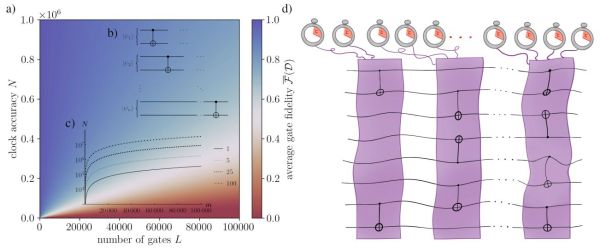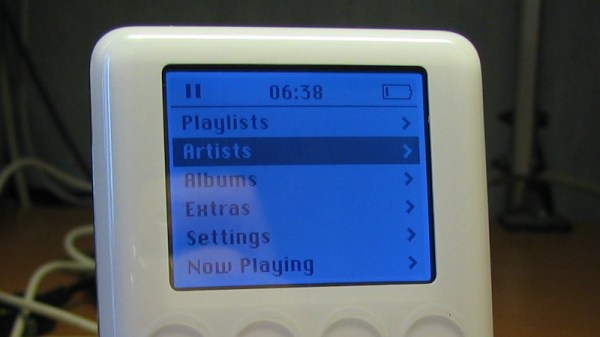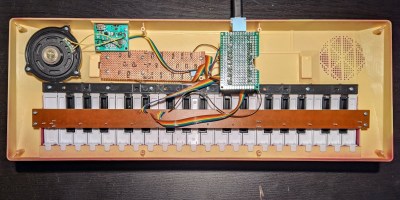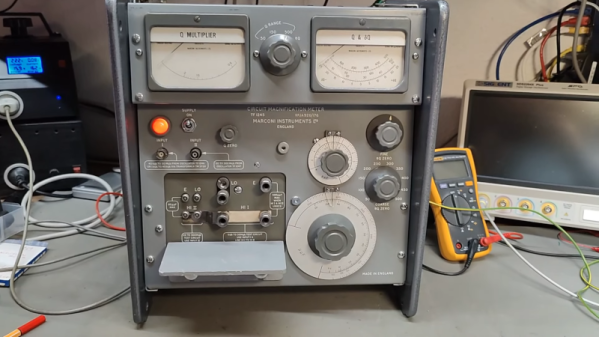When you design your first homebrew CPU, you probably are happy if it works and you don’t worry as much about performance. But, eventually, you’ll start trying to think about how to make things run faster. For a single CPU, the standard strategy is to execute multiple instructions at the same time. This is feasible because you can do different parts of the instructions at the same time. But like most solutions, this one comes with a new set of problems. Japanese researchers are proposing a novel way to work around some of those problems in a recent paper about a technique they call Clockhands.
Suppose you have a set of instructions like this:
LOAD A, 10
LOAD B, 20
SUB A,B
LOAD B, 30
JMPZ DONE
INC B
If you do these one at a time, you have no problem. But if you try to execute them all together, there are a variety of problems. First, the subtract has to wait for A and B to have the proper values in them. Also, the INC B may or may not execute, and unless we know the values of A and B ahead of time (which, of course, we do here), we can’t tell until run time. But the biggest problem is the subtract has to use B before B contains 30, and the increment has to use it afterward. If everything is running together, it can be hard to keep straight.


















